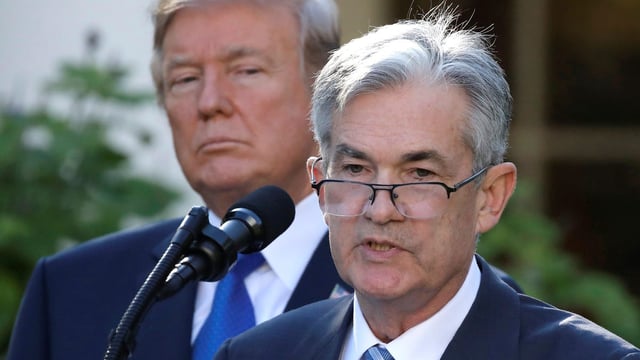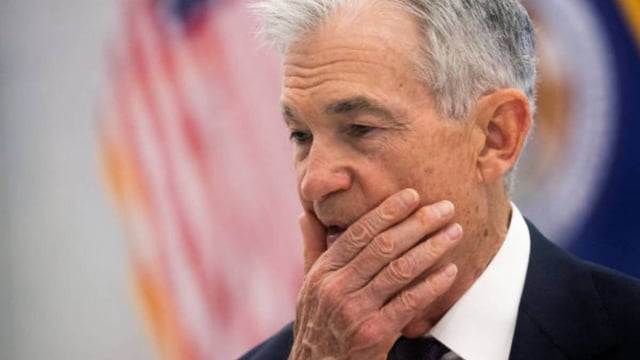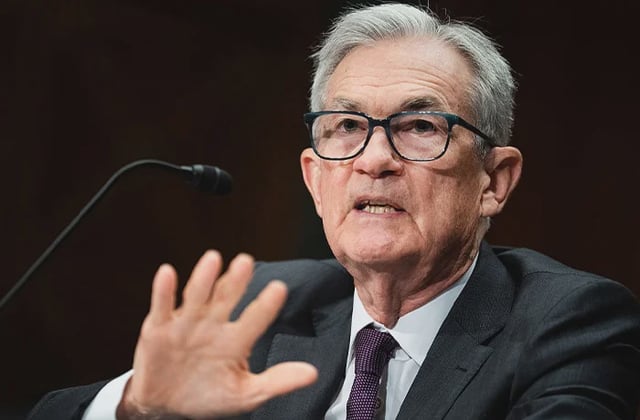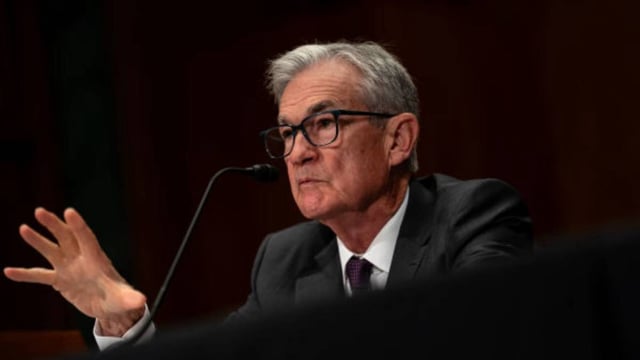Overview
- Trump has intensified his campaign urging Powell to cut the federal funds rate by about three percentage points to roughly 1.25 percent, claiming the move would save the government $900 billion annually in borrowing costs.
- Analysts from Oxford Economics and Wells Fargo say short-term debt expenses would fall but estimate true near-term savings at $100 billion to $300 billion and warn that heavy cuts could push long-term rates higher.
- Speaking at the ECB’s Sintra forum on July 1, Fed Chair Jerome Powell pointed to President Trump’s tariffs as a key reason for holding rates steady to guard against renewed inflation.
- June’s employment report showed 147,000 new jobs and an unemployment rate drop to 4.1 percent, prompting the CME FedWatch tool to slash the odds of a July rate cut to under 5 percent.
- Economists caution that sustained presidential pressure on the central bank risks eroding its independence and could cause investors to demand higher yields if credibility weakens.



